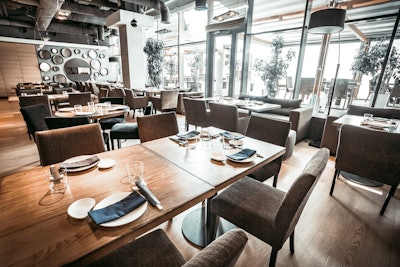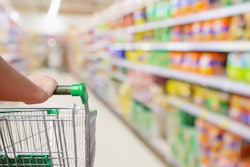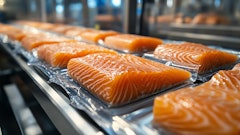
Mobiquity released results of a new survey titled "Digital Transformation of Consumer Restaurant Preferences Survey" highlighting the drastic shifts in digital transformation in light of the COVID-19 pandemic. The survey findings resulted from over 500 responses from USA-based consumers using both Android and iOS devices.
Early in the pandemic, Mobiquity saw an immediate shift toward digital solutions as a way to more safely complete necessary shopping, such as grocery store transactions, and this research highlights how this digital behavior has extended to the restaurant space. As consumers continued to follow self-isolation and social distancing protocols, Mobiquity wanted to explore how the initial shift and trial of digital tools impacted consumers’ likelihood to continue digital ordering, including whether these trends will remain after the pandemic.
“Decades’ worth of digital transformation has occurred over the last six months. Consumers are now relying on things like curbside delivery and mobile reward applications as part of their everyday lives,” said Brian Levine, Vice President of Strategy and Analytics at Mobiquity. “Restaurants that create seamless customer experiences are rewarded with increased loyalty in the form of more frequent trips and a higher preference versus their competition.”
Key findings include:
- The majority of consumers are using a mobile app for something that they previously didn’t before COVID-19 with digital restaurant ordering among the top new behaviors
- Consumers indicate that having the ability to use contactless options, like mobile ordering and curbside pickup, drives both preference around where they shop as well as trip frequency
- Even in restaurant settings, consumers prefer to use their own mobile phone to make payments and avoid unnecessary touch points
Shoppers agree that they want to continue to use digital touchpoints even after COVID-19 has subsided, citing convenience and safety
The most important factors in driving long-term use include: ease of use, cost, and convenience
“Our research outlines the table stakes to create a successful experience for restaurant diners. To set themselves apart, however, restaurants need to find their unique point of differentiation,” said Levine. “Working with a trusted advisor in the space can help businesses figure out which digital components are core to their customer experience strategy and, ultimately, their success.”



















